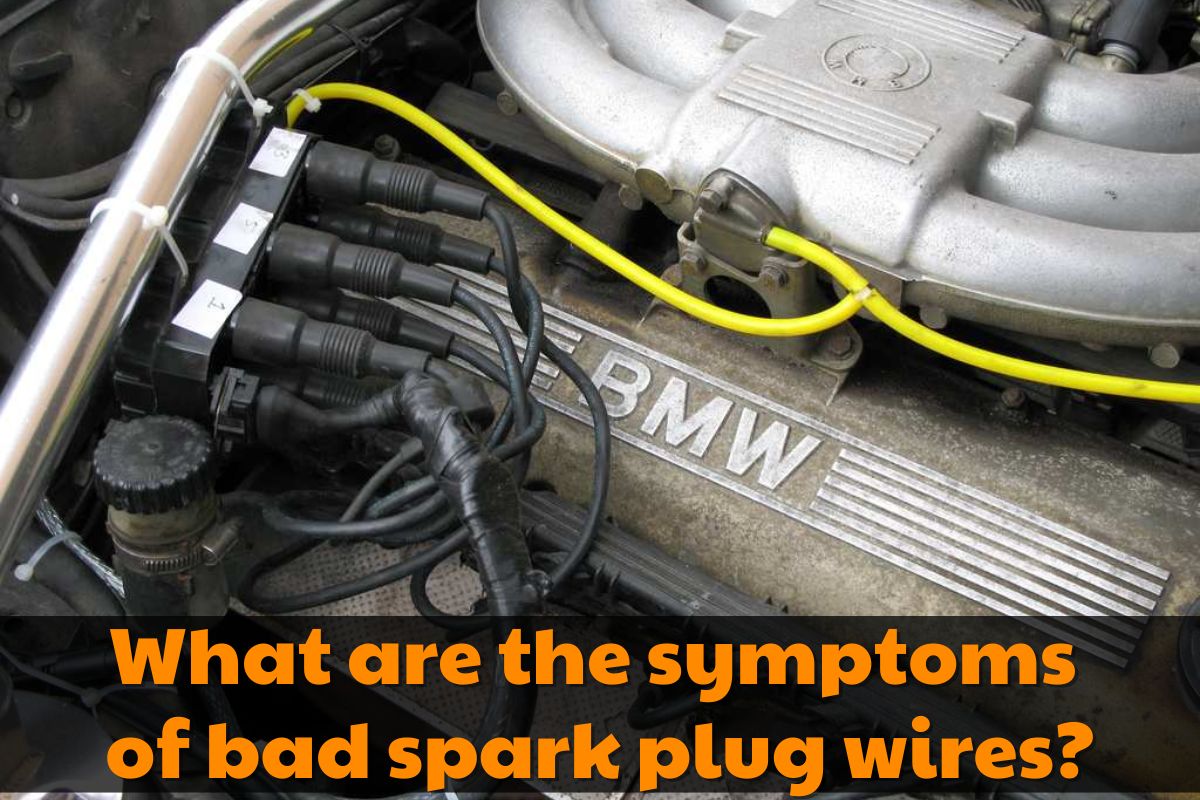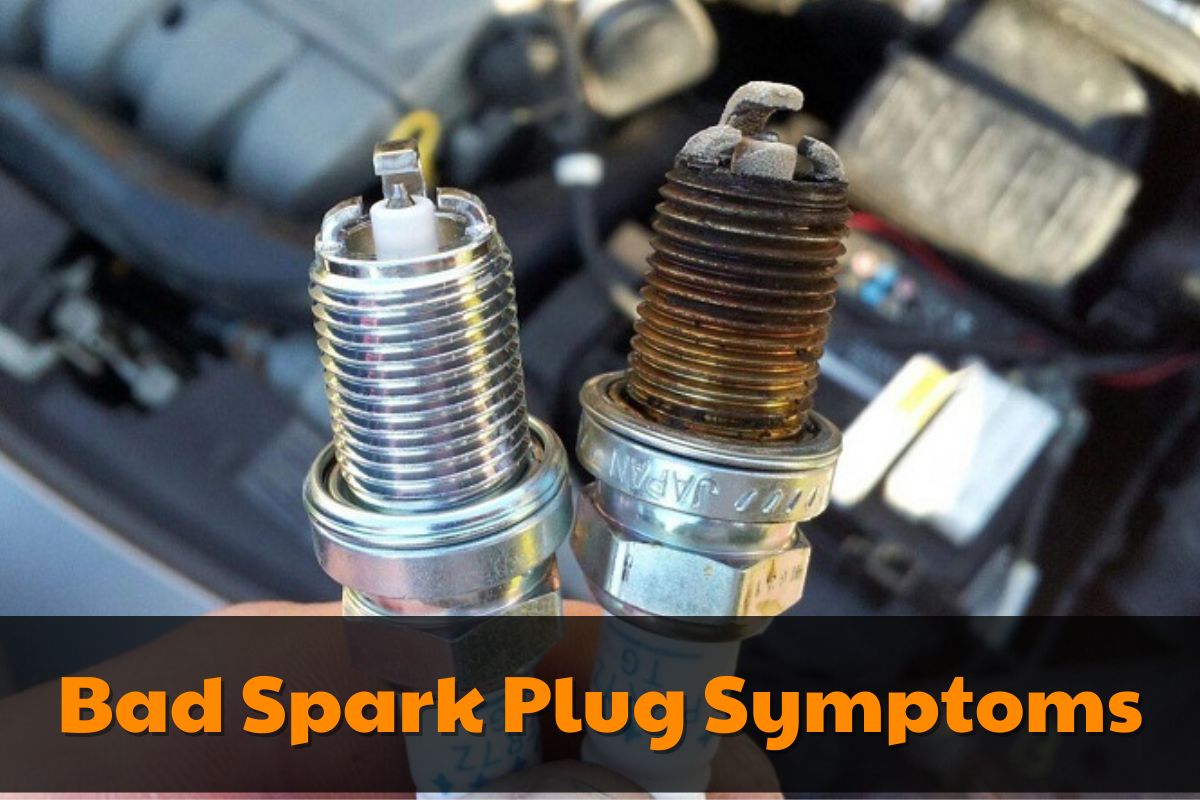Some of the most sign of a bad spark plug symptoms can include difficulty starting up your engine, rough idling, sluggish acceleration, declining fuel economy, engine misfiring, and engine knocking. Ignoring these issues can lead to serious long-term damage, so it’s important to schedule service and have your spark plugs replaced on schedule. Failing to do so will only result in poor performance, reduced fuel efficiency, and more. At our service center, we’re equipped to take a closer look and get your vehicle running smoothly once again. Don’t wait until it’s too late – schedule service today.
Search terms: sign of a bad spark plug, driving with bad spark plugs, 2 stroke bad spark plug symptoms, how to tell if spark plugs are bad by looking at them, symptoms of bad spark plug wires, Bad spark plug symptoms honda, spark plug symptoms chart, what causes bad spark plugs
Common Signs of Bad Spark Plug Symptoms in Your Car
If you’re experiencing trouble starting your engine, rough idling, poor acceleration, declining fuel economy, misfiring engine, or engine knocking, it might be time to check your spark plugs. These common signs indicate potential spark plug issues and should not be ignored.
Let’s take a closer look at each of these problems:
1/Trouble Starting the Engine:
In the worst-case scenario, you might find yourself stuck in your driveway with an engine that refuses to turn over. If your engine takes a long time to start or won’t start at all, it’s likely that your spark plugs are causing the problem. Don’t delay, have them replaced promptly.
2/Rough Idling:
After successfully starting your car, you may notice that the engine’s motion sounds uneven, jittery, or rough. Along with unusual noises, improper idling can also cause noticeable vibrations throughout your vehicle. Not only is this disconcerting, but it can also lead to damage if left unaddressed.
3/Poor or Sluggish Acceleration:
The spark plugs are responsible for igniting the fuel in your cylinders and propelling your vehicle forward. If you find yourself spending more time in the passing lane or struggling to reach desired speeds, your spark plugs may be at fault.
4/Declining Fuel Economy:
Inefficient combustion due to a faulty spark plug can lead to wasted fuel, causing a decline in your vehicle’s fuel economy. If you notice that you’re spending more time and money at the pump, replacing your spark plugs could resolve the issue.
5/Misfiring Engine:
Engine misfiring occurs when the fuel in the chamber fails to ignite properly. You might not immediately notice declining fuel economy or lackluster acceleration, but you’ll likely experience engine misfiring. This can result in momentary engine cuts or jerky movements, which is a clear sign that the spark plugs need attention. Failing to fix this issue can lead to long-term damage.
6/Engine Knocking:
Engine knocking often accompanies engine misfiring, as unburned fuel tends to combust at an inappropriate time. This creates a distinct knocking sound that should not be ignored. Prolonged exposure to this problem can lead to significant engine damage.
If you’re experiencing any of these issues, it’s recommended to have your spark plugs checked and replaced if necessary. Ignoring these signs can result in further damage and potentially expensive repairs.
When was the last time you changed your Spark Plugs?
Spark plugs might not be at the top of your head when thinking about car maintenance, but they are true unsung heroes and an integral part of your vehicle’s ignition system. Though it may not be necessary to change spark plugs every 48,280km (30,000 miles), as recommended by your vehicle manual, it is important to do so in order to ensure optimal performance. If you are a DIYer or looking to save a little money on car maintenance, you can try your hand at this project.
Related: Camshaft Position Sensor Symptoms?
How Long Do Spark Plugs Last?
When it comes to car care, following the Manufacturer Suggested Maintenance Schedule is always the best approach. By reviewing your vehicle’s suggested maintenance schedule, you can determine when it’s time to replace your spark plugs. Fortunately, spark plugs typically have a long lifespan of around 80,000 miles before needing replacement. However, certain signs indicate when it’s necessary to check your spark plugs with an engine tune-up.
What Does A Bad Spark Plug Look Like?
To identify a faulty spark plug, there are several visible signs to consider:
- Carbon buildup: Examine the spark plug’s tip for debris accumulation. In some cases, a dirty spark plug can be restored to its original condition by removing and cleaning it with an abrasive material, such as a wire brush or Brillo pad. However, if you observe black oil buildup surrounding the spark plug, it may indicate a larger issue, such as an internal engine oil leak.
- Worn electrode: Look at the bottom of the spark plug, specifically the part that is screwed into the combustion chamber. You will notice a small metal piece resembling a dome with a J-shaped metal component. The J-shaped piece is the ground electrode, and the dome is part of the central electrode that extends throughout the spark plug. Over time, these electrodes can wear out due to repeated ignition of air and fuel in the combustion chamber. Melting and erosion around these electrodes are clear indicators of a bad spark plug.
- Cracked insulator: Inspect the white ceramic casing known as the insulator, which extends from the seal to the terminal of the spark plug. Even hairline cracks or chips can disrupt the flow of electricity from the terminal to power your engine. Unfortunately, a cracked insulator cannot be repaired, and the spark plug must be replaced.

What are the differences between spark plug types?
If you’re looking for a spark plug that will stand up to the test of time, a precious metal like platinum or iridium is definitely your best bet. These sparks plugs offer increased resistance against wear and corrosion from the higher melting temperatures and hard nickel alloy electrodes. Not only that, but their superior ignition creates improved combustion, which not only boosts performance but also decreases emissions and boosts efficiency.
Research by Autolite and Bosch show that iridium plugs can last up to 100,000 miles with no electrode wear, while Denso backs their special heat-resistant properties. While they may be more expensive than other options on the market, they are the first choice in spark plug quality recommended by many mechanics.
Conclusion
Bad Spark Plug Symptoms are signs that there’s a problem somewhere in your system. It may not be serious, but it’s always best to get it checked out for peace of mind. Preventative maintenance is key and occasionally replacing your spark plugs can go a long way towards keeping your vehicle running reliably.
We at Brad’s Car Tunes are committed to helping provide resources and helpful tips so our customers can best maintain their vehicles. If you’re having any issues or need spark plug advice, never hesistate to reach out to us—we’d love to help.

I’m Timothy Ballard, owner of a used car dealership in Springfield. I love just about everything automotive, but I have a special place in my heart for trucks. I’m an ASE Certified Master Technician, so I know my way around a car. In my spare time, I enjoy traveling with my family and hiking new trails.

It is important to consider that multiple symptoms could have various causes. However, if the vehicle experiences misfires, rough idling, or running issues, one possible cause could be the spark plugs.